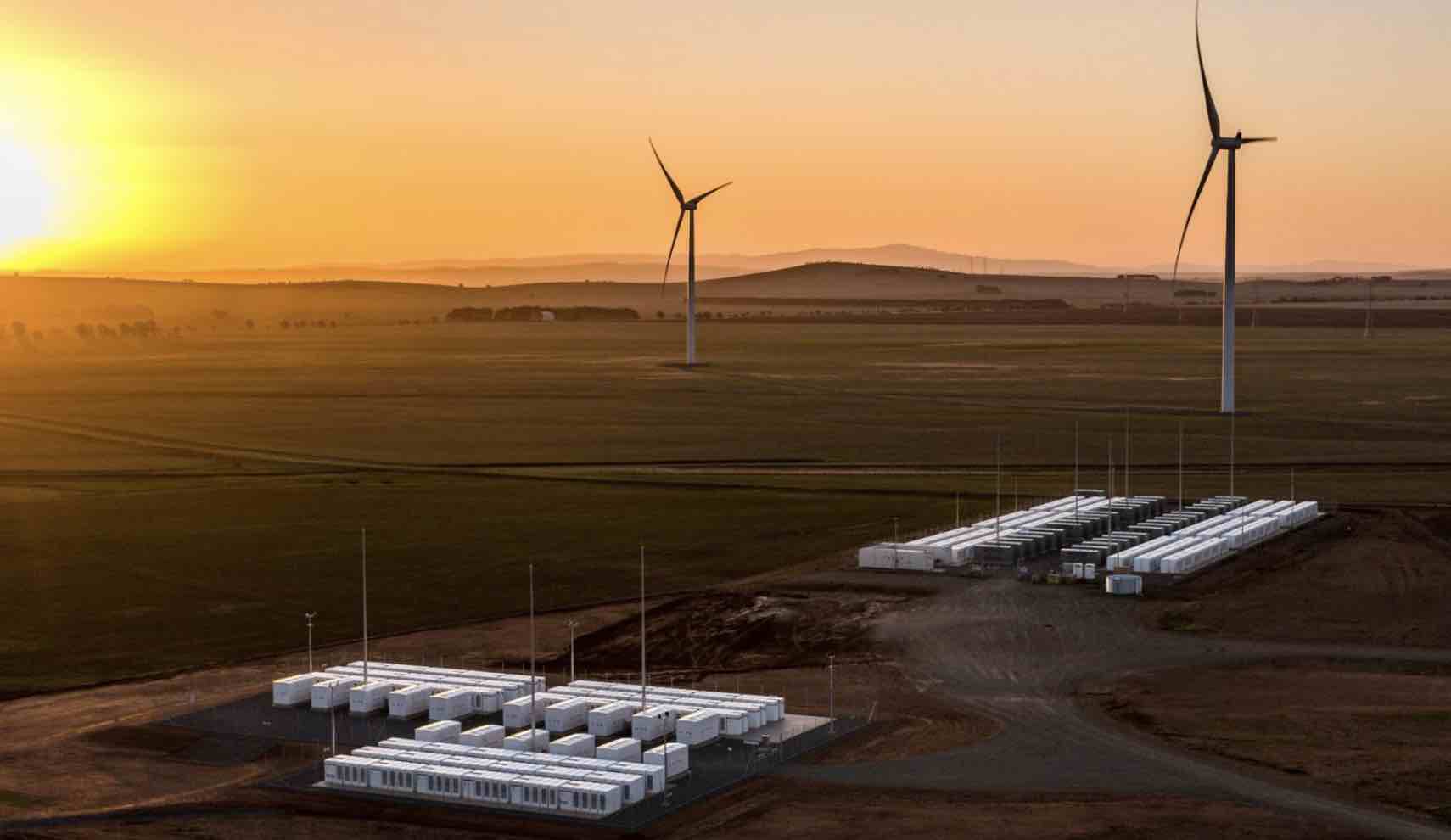AEMO turns to battery inverters for “world-first” trial of running big grids with no synchronous generation

Giles Parkinson
Oct 26, 2025
Battery
Renewables
Off-grid industries like gold mines are already proving that they can operate for long periods running on wind and solar alone, backed by batteries, and with no need for any synchronous generation during those times.
It’s one thing to achieve it on a small grid with average demand in the tens of megawatts, but can it be done on a much bigger grid, where more things can go wrong? The answer is almost certainly yes, but no one has done it yet.
The Australian Energy Market Operator (AEMO) has announced a series of new trials that will draw on battery inverters and other technologies that will include a “world-first demonstration” of zero synchronous generation in an islanded system larger than 100 megawatts (MW).
It’s a landmark move for a number of reasons. Australia’s transition from a grid dominated by coal and gas to one dominated by wind, solar and storage requires enough bulk capacity to meet customer needs.
But – as AEMO boss Daniel Westerman says, often – it also requires “system services” such as inertia and system strength to ensure that the grid can remain stable, provide resilience and maintain security, particularly in the midst of disruptive events such as network failures, and generator and large load trips.
“These trials will help bridge the gap between technical research and implementation, allowing industry to gain insights in how new technologies and novel applications of existing technologies can best support secure operation in the future,” says Nicola Falcon, AEMO’s head of system design.
“The first suite of trials focuses on deepening AEMO’s understanding of how the power system can remain secure and resilient as it transitions towards periods with no synchronous generation online.
“The outcome of these trials will help inform operational practices and market frameworks to ensure the NEM can operate in a system increasingly dominated by inverter-based resources,” she said.
There are four trials planned that will focus on the ability of inverter based technologies to provide “black start” capabilities in the case of a blackout, run the grid with no synchronous generation, and provide “fault current” protection to existing systems.
Another trial will look at the ability of solar PV, another inverter based technology, to support system restoration following a blackout, particularly at times of high rooftop PV conditions.
“Our immediate priority has been standing up the program, with clear governance and prioritisation frameworks, setting us up to maximise the benefits of this new capability whilst ensuring consumer interests are maintained at all times,” Falcon says.
“Having done this groundwork, and recognising the critical importance of proving out new technologies and novel approaches, I am really excited to announce these first four transitional service trials.”
The trial on fault current is particularly interesting, as it focuses on one of the last remaining barriers for the more widespread use of grid-forming battery inverters to provide system strength.
Battery providers such as Tesla have argued strongly that grid-forming inverters can do the job, and suggested that authorities and network owners need to think differently about the grid when assessing their virtues.
Transmission companies, who are responsible for system strength, and AEMO appear to accept this in theory, but have said they want to see more evidence that this is the case before committing heavily to the technology.
However, the increasing costs of synchronous condensers – large spinning machines that do not burn fuel – and the lengthening delivery times are forcing some to reconsider, having being told that they (and ultimately customers) could save billions if they used grid forming inverters instead.

AEMO has already turned to battery systems to provide a new type of security services to manage minimum system load in Victoria and South Australia ahead of the current spring.
It says that it was able to secure contracts with battery charging capacity of 313.75 MW, but was unable too ecure suitable agreements in South Australia.
The contracts essentially call on battery systems to step into the market and charge (creating load) if the amount of rooftop is so high it pushes “grid demand” down to levels that AEMO considers are risky to manage.
“Having BESS contracted importantly reduces the need for market intervention to manage power system security during minimum system load events – providing participants with more certainty on cost recovery – and reduces the need for any last-resort action to reduce or curtail rooftop solar,” Falcon said.
In early December, AEMO will publish its second Transition Plan for System Security report, which this year will combine annual system security reports on inertia, system strength, and network support and control ancillary services.
“We’re combining these reports into one in response to stakeholder feedback,” Ms Falcon said.
“The upcoming Transition Plan for System Security will outline key opportunities for collaborative action on system security, detail on technological changes in the NEM, and regional plans to support targeted action and co-investment to support the transition.”
reneweconomy.com.au |






